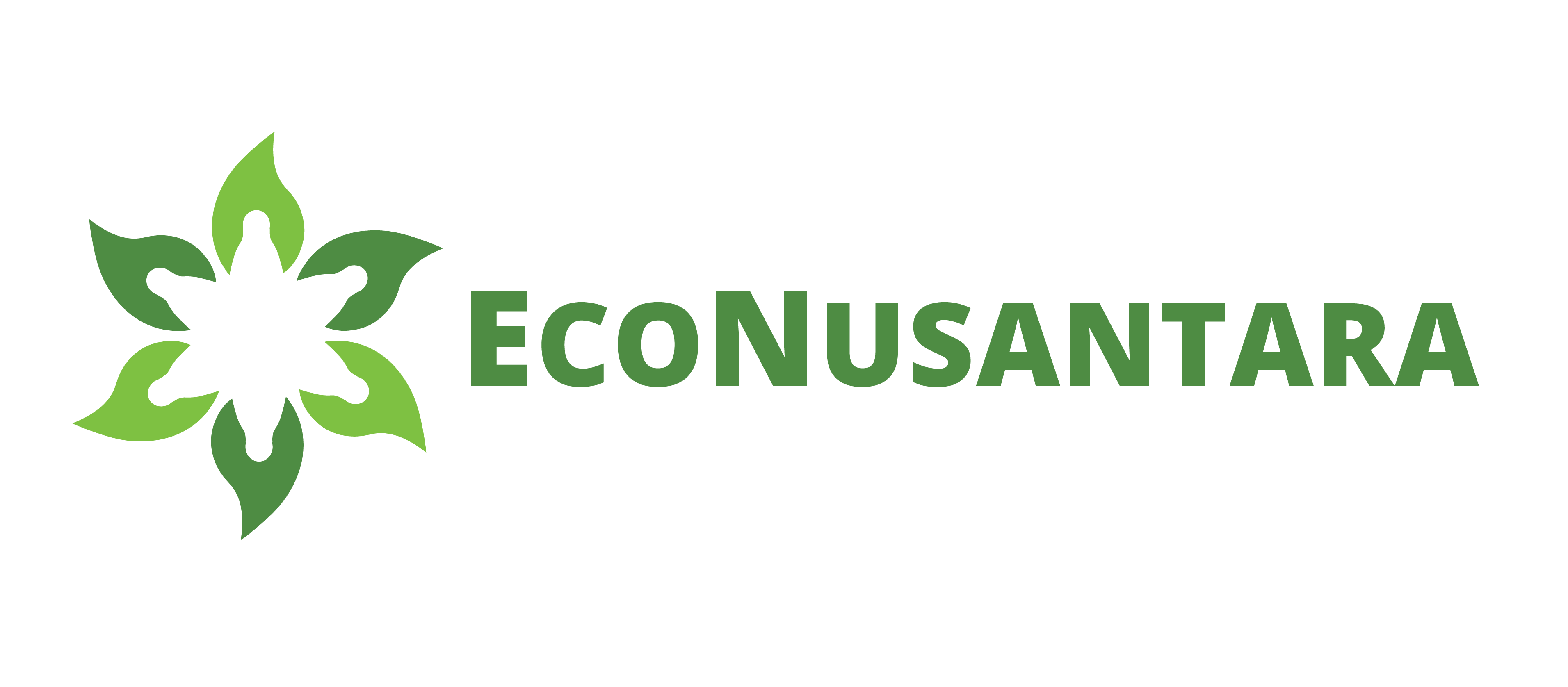The climate crisis that occurs due to the increase in carbon emissions makes us have to move significantly in the economic field, one of which is by pricing carbon. Carbon pricing has proven to be effective in leading the economy towards a low-emission path. To maximize this, carbon price signals must be maintained, amplified, and extended to a larger share as 3/4 of emissions are not touched by carbon pricing instruments.
The intergovernmental Panel’s latest report on Climate Change, clearly provides an overview of the impacts of global warming already being felt, including loss of life, humanitarian crises, and irreversible damage to ecosystems. The report highlights the impact of any additional increases in global warming, such as limiting temperature rises to 1.50C instead of 20C. According to the report Global emissions should fall by 43% by 2030.
At the end of 2021, representatives of the member countries of the United Nation Framework on Climate Change Conference (UNFCCC) successfully agreed on the Paris Rulebook at the 2021 United Nations Climate Change Conference (26th Conference of the Parties) abbreviated as COP26 in Glasgow. This is the most important climate conference since the Paris Agreement was adopted in 2015. The agreement at the meeting resulted in Article 6 or chapter 6 of the Paris Agreement which was finally mutually agreed upon the rules of its implementation. In his article, there is a financing model for the implementation of climate change mitigation, connecting countries and governments as policy makers and determinants of targets, connecting cooperation and financing between countries in GHG reduction, as well as mechanisms to be used. The conference also reached an agreement to reduce coal-fired power plants and eliminate inefficient fossil fuel subsidies, as well as as the rules for the finalization of the international carbon market. However, this combined contribution will still lead to a warm-up of 2.40C so that the COP27 meeting will be held again in November 2022.
Last year’s World Bank report showed that while there were some positive signs associated with higher carbon prices, rising revenues, and the implementation of new rules for international carbon markets (under Article 6 of the Paris Agreement) but progress has not been significant. Worldwide, there are 68 Carbon Pricing Instrument (CPI) determination instruments including tax and ETS in operation. Three other instruments are being scheduled, one of which is Indonesia. Operating CPIs account for about 23% of total global Greenhouse Gas (GHG) emissions, representing a small increase in total global coverage. The International Maritime Organization is also considering setting prices on emissions from international shipping activities. If this is successfully adopted it will be a major step in tackling global GHG.
In 2021, emissions trading resulted in a record global carbon pricing of USD 84 billion. Or equivalent to a 60% increase compared to 2020. It illustrates the potential of carbon prices as a fiscal tool to contribute to larger goals. With the price drop and the reduction of free allocations, Emission Trading System (ETS) revenue surpassed carbon tax revenue for the first time. Record ETS prices to observe in the European Union (EU), California, New Zealand, and the Republic of Korea, as well as in other markets some carbon taxes also reached the highest prices. However, the price of carbon must continue to rise to meet the Paris Agreement Temperature Goals.
Not only ETS and carbon taxes are constantly increasing. The carbon pricing approach to cross-border is also on the rise. The European Union has adopted a carbon border mechanism followed by Canada and the United Kingdom. This cross-border approach will strengthen domestic support, prevent carbon leakage, and encourage mitigation beyond national borders.
The increase also occurred in the carbon credit trading sector in the 2021-2022 range. This can be seen from the transcation of land and forestry which increased by 159%. About 70% of this credit is generated in Asia, mainly in Cambodia, Indonesia, and China. Most of the rest is produced in Latin America. The increasing demand for these carbon credits, makes the price for these credits also increase.
The new carbon market rules set out at COP26 in Glasgow have created additional certainties that could help international compliance markets expand further in the coming years. The carbon credit market grew 48% in 2021. For now, most market activity remains centralized on voluntary carbon markets. In a voluntary carbon market, buyers place diverse values according to market characteristics. Such as geographical conditions as well as additional perceived benefits.
The value of voluntary market carbon credits reached USD 1 billion for the first time, driven by the company’s commitment. According to Ecosystem Marketplace, in 2021 the volume of credits traded from reduction-based projects in the voluntary carbon market was twenty-one times higher than the volume of credits traded from write-off-based projects.
Not to forget the role of financial players in the carbon credit market has also grown rapidly in the past year. Financial actors provide capital and risk value protection mechanisms to project developers who previously relied on equity and grants for initial investments. Financial actors act as intermediaries for voluntary carbon in credit transactions.
The development of new technologies in finance, particularly blockchain is shaping the practice of trading in the carbon credit market. As blockchain mobilization has gained traction in recent years, it makes carbon credit markets interoperable with decentralized finance. Desenstitude finance enables peer-to. Peer financial transactions are transactions without third parties enabled by cryptocurrencies, smart contacts, and other digital technology innovations.
Based on the report issued by the World Bank in 2022 related to Carbon Pricing, it can be concluded that there has been an increase in various sectors. For example, the global carbon price which produced record highs, the approach to carbon prices for cross-borders is increasing, also followed by an increase in the price of carbon credits, as well as with the arrival of new parties in the development of financial technologies that will make carbon market governance continue to evolve.
Source:
The World Bank. 2022. State and Trends of Carbon Pricing. Washington: International Bank for Reconstruction and Development

